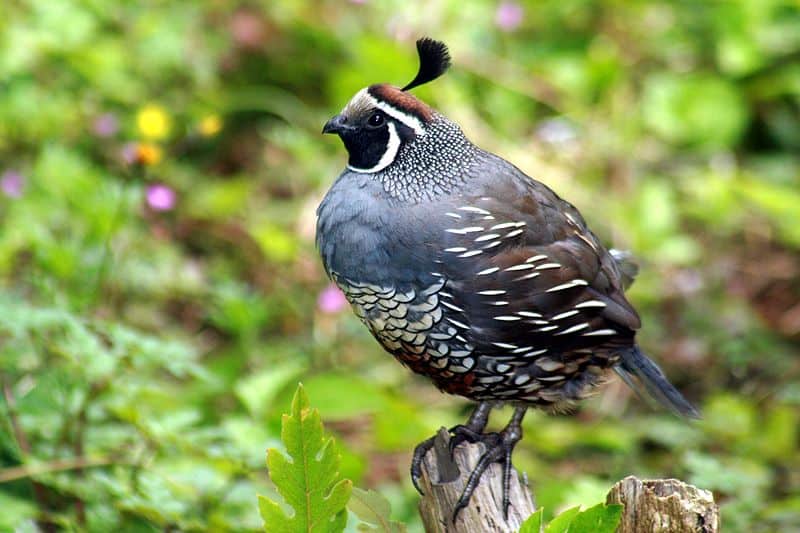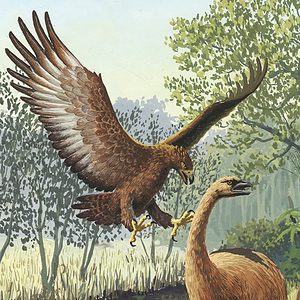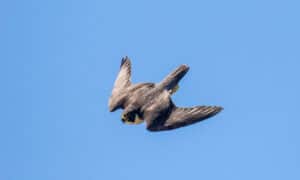In this article, we discuss pheasant vs. quail. While they are both birds in the Phasianidae family, they do have many distinguishing factors. These birds share plenty of similarities, but we focus on the many differences between them. Let’s learn about these amazing birds!
Pheasant vs. Quail: A Comparison
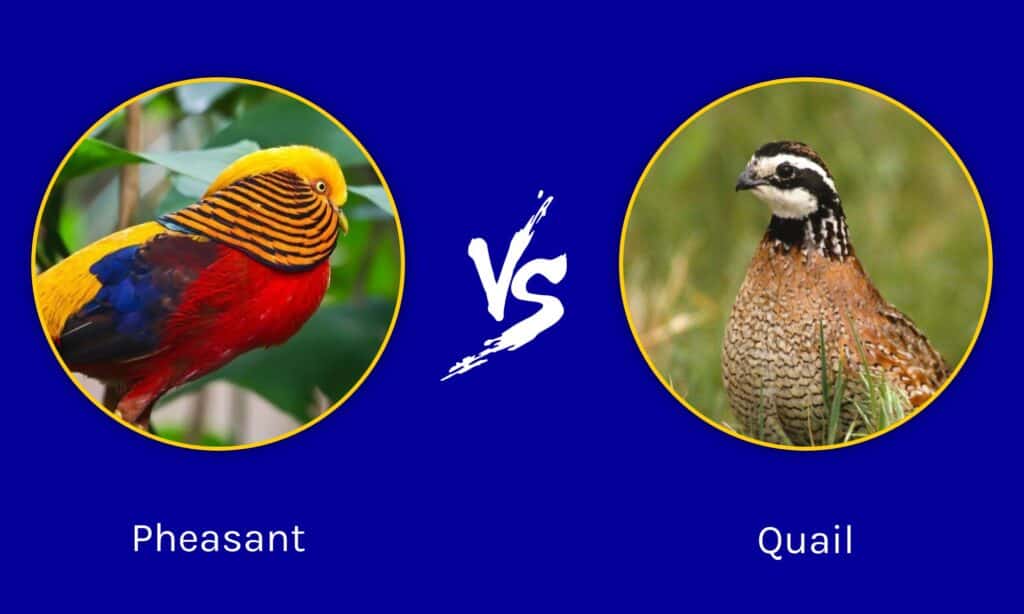
| Pheasant | Quail | |
|---|---|---|
| Size | 21-34 In, Up To 3 lbs. | Depends On The Species. However, The Common Quail Is 6-7 Inches, Weighing Up To 1 lb. |
| Colors | Males Are Brightly Colored, Females Tend To Be Tan Or Brown | Also Depends On The Species, But The Common Quail Is Often Brown In Color |
| Variations | Up To 49 Subspecies Of Pheasants | 130 Species Of Quail |
| Diet | Omnivore: Bugs, Seeds, Grains, Worms | Omnivore: Fruits, Nuts, Insects, Mollusks |
| Lifespan | 1-2 Years | 1-6 Years |
| Temperament | Intelligent, Cautious | Calm, Friendly, Quiet |
| Habitats | Grasslands, Wetlands | Farmlands, Grasslands |
| Conservation Status | Least Concern | Least Concern |
Key Differences Between Pheasant vs. Quail
The key differences between pheasant and quail are size, color, lifespan, diet, habitat, species, and temperament. A pheasant is usually larger than a quail and tends to be brighter in color unless it is a female. Pheasants are closely related to both turkeys and grouse. They tend to stand out in the crowd due to the bright colors and patterns of their feathers. These birds are native to Eurasia but live all over the world. They do not migrate long distances and do not mate for life. In fact, once a male mates, he competes against other males for the next available mate.
Quails tend to be a lot smaller than pheasants, almost the same size as a crow or a songbird. They are often sold in the pet trade, with larger species tending to go to farms for food and eggs. As for coloring, they are typically variations of gray, white, brown, and tan. However, some species can also be brown, red, or even spotted with yellow. Quails are native to several different countries and continents around the world. A quail egg is often referred to as a delicacy in North America, Asia, and Europe.
Size
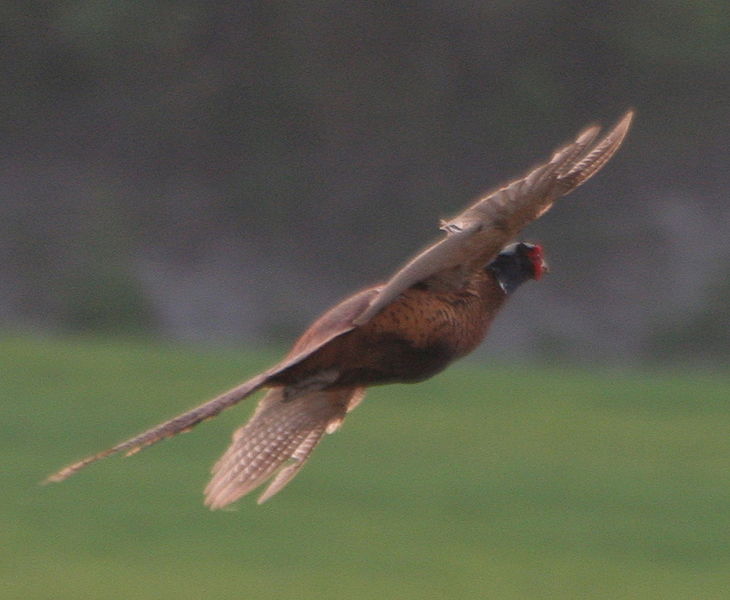
Pheasants are larger than quails.
©N p holmes, CC BY-SA 3.0, via Wikimedia Commons – License
A pheasant is usually 21-34 inches in length and can weigh up to three lbs. These birds resemble a small turkey with their long tails and land-dwelling bodies.
A quail is much smaller, even though its larger subspecies can sometimes look like a smaller version of a pheasant. Quail sizes typically range anywhere from 6 to 7 inches, resembling sizes between crows and canaries.
Colors
Pheasants are often known for their brightly colored feathers and intricate patterns. The common pheasant is also known as the ring-necked pheasant because it has a white band around its neck. Another commonly variant is called the golden pheasant. It has bright gold, red, and blue, and its body resembles a small turkey with a uniquely patterned tail.
Quail can sometimes have brighter colors such as red or blue. However, they are mostly variations of white, gray, tan, and brown. The common quail is a light tan with a unique pattern that can vary from both brown and black. The blue quail is said to be the most colorful of all quail, with a blue breast and red belly.
Variations
The pheasant has up to 49 variations, all ranging from across the globe. The common pheasant is the most widespread pheasant. However, both the golden pheasant and Japanese green pheasant are also known for their coloring. The most widely known pheasants would be the peacock pheasants, all varying in color. However, most of them have those distinct, large tails with unique blue patterns on them.
Unlike the pheasant, the quail is more widespread. In fact, quail consists of over 130 species! The common quail, also known as the European quail, is the most widespread species of quail. Species of Old-World quail belong to the Phasianidae family, while species of New World Quail belong to the Odontophoridae family.
Diet
Although both birds are omnivores, the pheasant typically eats bugs, seeds, grains, and worms. The quail eats fruits, nuts, bugs, and mollusks. Quails are known to dig around and eat ticks!
Lifespan
The pheasant can live on average between one to two years. The quail can live much longer, up to six years in some cases!
Temperament
Pheasants are highly intelligent birds and often view humans as a threat. So, if they spot a human nearby, they will become overly cautious in nature. Pheasants in captivity, however, have been known to be aggressive towards their keepers.
Habitat
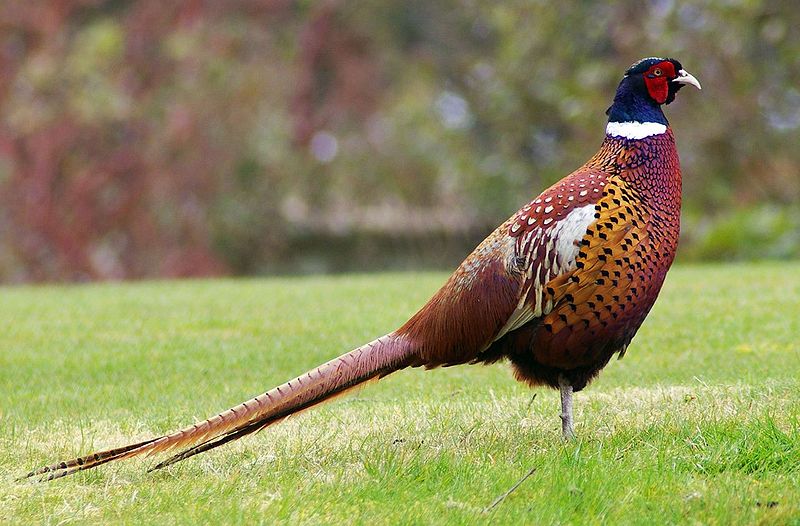
Pheasant makes grasslands their habitat.
©gary noon, CC BY-SA 2.0, via Wikimedia Commons – License
Pheasant habitats are usually grasslands and farmlands. However, they are known to live practically anywhere on lands such as rainforests, meadows, forests, mountainous regions, and scrublands. They do not migrate far but almost always need some sort of grassland area to feed and hide from predators.
Quail habitats also consist of grasslands; however, they tend to migrate even if the weather doesn’t change. They are particularly good at flying and can flock to anywhere from Europe to Africa. In fact, quails are versatile and can adapt to extreme weather if their habitats can support them. Their feathers can keep them warm, and because of that, some quails do not even migrate during wintertime.
Conservation Status
Although pheasants may be of least concern in some areas, The World Pheasant Association classifies pheasants as one of the most threatened groups of birds. This is likely due to both climate change and pollution. However, these birds are also hunted for sport, and that also plays a part in their conservation. Fortunately, there are several field and captive conservation projects around the globe to participate in. Because of this, humans are still able to help preserve the conservation of pheasants.
Because there are up to 130 species of quail, it is technically of Least Concern, especially in North America. However, some species of quail in Old World Quail may be extinct, such as the Coturnix genus.
Wrapping Up
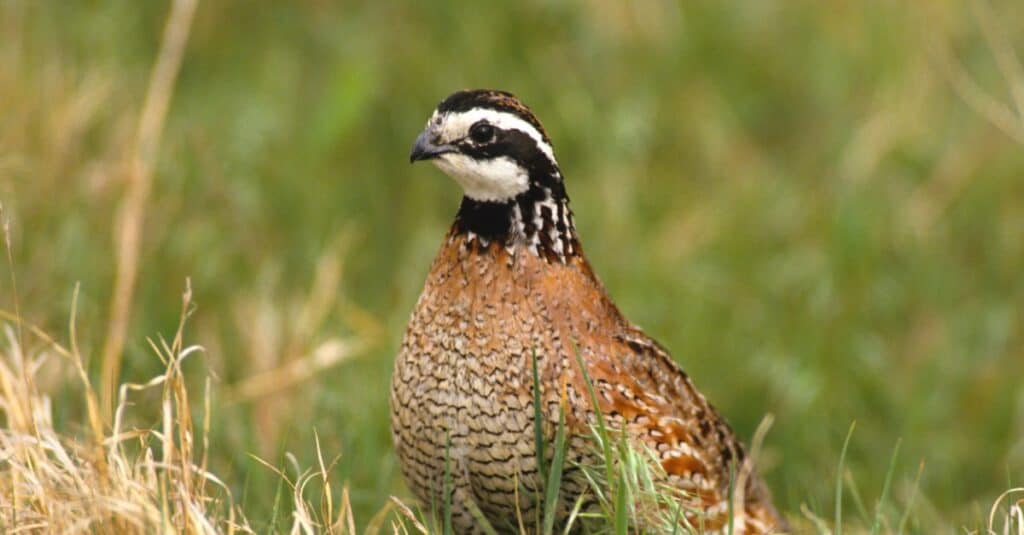
When studying pheasant vs. quail, you’ll see quails have different behavior from pheasants.
©iStock.com/twildlife
While both the pheasant and quail often belong to the same family, there are many differences between these birds and their subspecies. Their size, colors, and species vary so much that even the common pheasant and the common quail look nothing alike. Although a lot of their habitats are the same, these birds are quite different in behavior and size, but all species of both pheasants and quail are fascinating to learn about because of their differences and variations!
The photo featured at the top of this post is © Brocken Inaglory / Creative Commons / Original
Thank you for reading! Have some feedback for us? Contact the AZ Animals editorial team.



